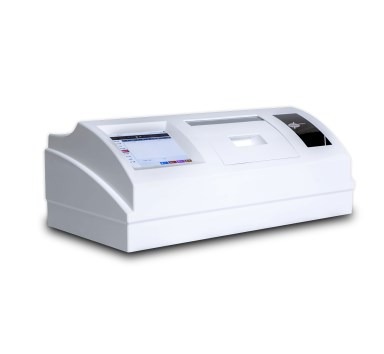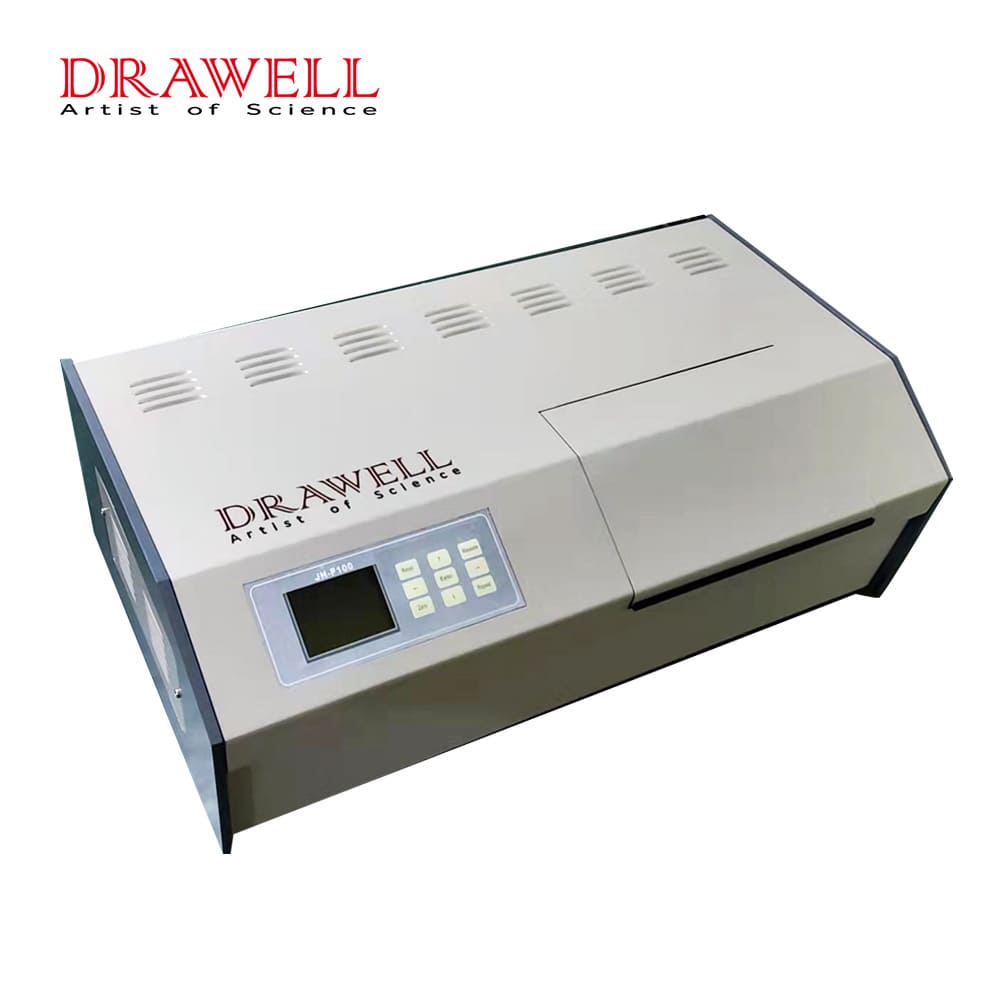A polarimeter is an instrument that measures the optical rotation of a substance. Optical rotation is the property of a substance to rotate the plane of polarized light. The amount of rotation is measured in degrees and is called the specific rotation. In this article, we will discuss the different types of polarimeters, the principle of operation of polarimeters, and the applications of polarimeters. We will also provide some tips for choosing the right polarimeter for your needs.
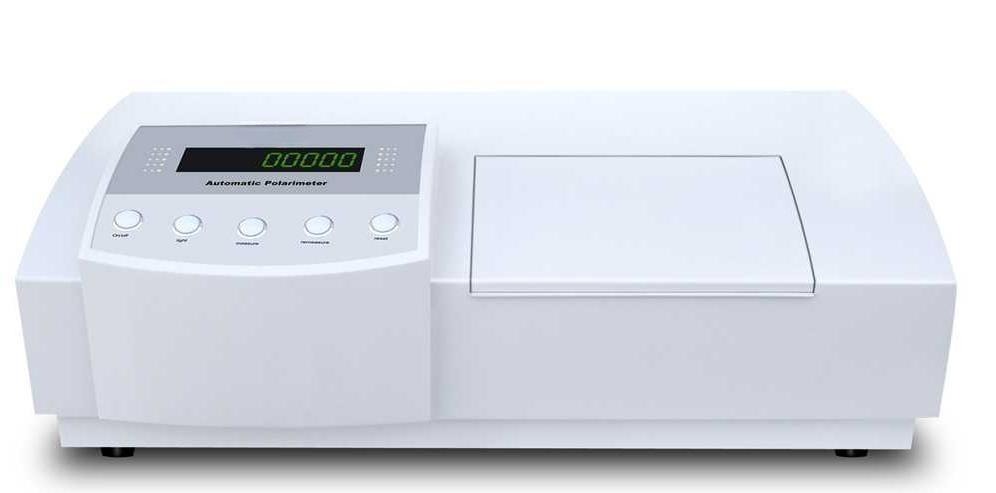
Types of Polarimeters
There are different types of polarimeters, including automatic polarimeters, digital polarimeters, manual polarimeters, and semi-automatic polarimeters.
Automatic Polarimeters
Automatic polarimeters are the most common type of polarimeter. They are typically used in laboratories for analytical purposes. Automatic polarimeters automatically measure the optical rotation of a substance and display the results on a digital display. Automatic polarimeters are typically more expensive than manual polarimeters, but they are also more accurate and easier to use.
Digital Polarimeters
Digital polarimeters are a type of polarimeter that uses digital technology to measure the optical rotation of a substance. Digital polarimeters are typically more accurate than manual polarimeters and are often used in research applications. Digital polarimeters typically have a digital display that shows the results, as well as a number of other features, such as the ability to store data and to print reports.
Manual Polarimeters
Manual polarimeters are the simplest type of polarimeter. They are typically used for educational purposes or for basic analytical work. Manual polarimeters require the user to manually measure the optical rotation of a substance using a graduated circle. Manual polarimeters are typically less expensive than automatic or digital polarimeters, but they are also less accurate and more difficult to use.
Semi-Automatic Polarimeters
Semi-automatic polarimeters are a type of polarimeter that combines the features of automatic and manual polarimeters. Semi-automatic polarimeters allow the user to manually measure the optical rotation of a substance, but they also have a digital display that shows the results. Semi-automatic polarimeters are typically a good compromise between accuracy, ease of use, and cost.
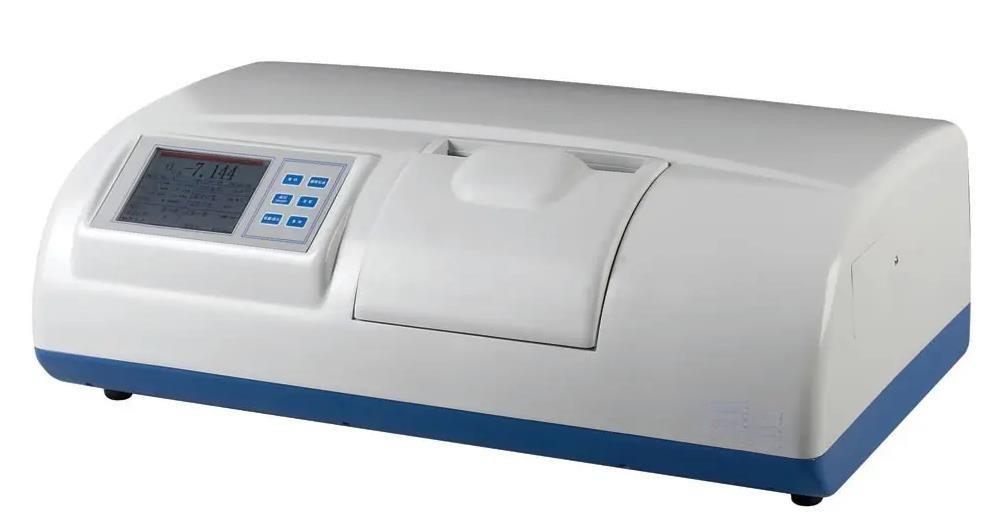
Principle of Polarimeters
Polarimeters work by using a polarized light source, an analyzer, a graduated circle to measure the rotation angle, and sample tubes. The polarized light passes through the sample tube and exhibits angular rotation to the left (-) or right (+). The amount of rotation is measured by the graduated circle or by a digital sensor.
The specific rotation of a substance is a physical property that is dependent on the wavelength of light, the temperature, and the concentration of the substance. The specific rotation of a substance is typically measured at a wavelength of 589 nm, which is the wavelength of the sodium D line.
Applications of Polarimeters
Polarimeters are used in a variety of applications, including:
- The analysis of chiral compounds
Chiral compounds are molecules that have a mirror image that is not superimposable. Chiral compounds are important in many fields, including pharmaceuticals, food science, and cosmetics. Polarimeters can be used to determine the purity of chiral compounds and to measure the concentration of chiral compounds in mixtures.
- The determination of the concentration of sugars
Sugars are optically active compounds, and their specific rotation can be used to determine their concentration. Polarimeters are often used in food science to determine the concentration of sugars in food products.
- The measurement of the purity of plastics
Some plastics are optically active, and their specific rotation can be used to measure their purity. Polarimeters are often used in the plastics industry to ensure that plastics meet quality standards.
- The study of the structure of proteins
Proteins are optically active compounds, and their specific rotation can be used to study their structure. Polarimeters are often used in biochemistry to study the structure of proteins.
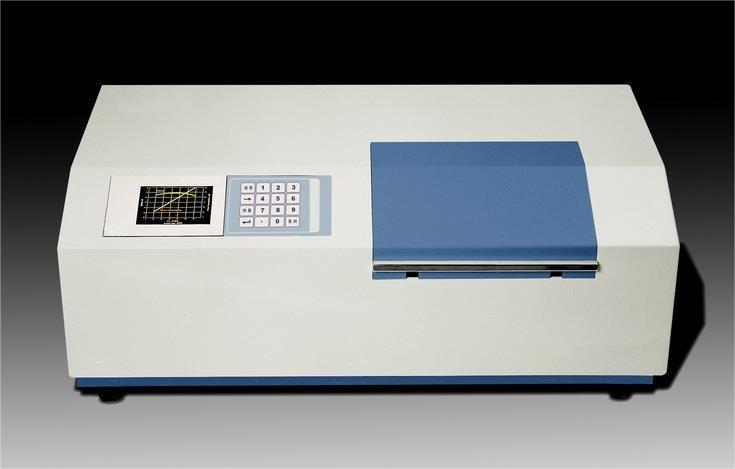
Conclusion
Polarimeters are versatile instruments that can be used in a variety of applications. Automatic polarimeters and digital polarimeters are the most common types of polarimeters and are typically used in laboratories for analytical purposes.

